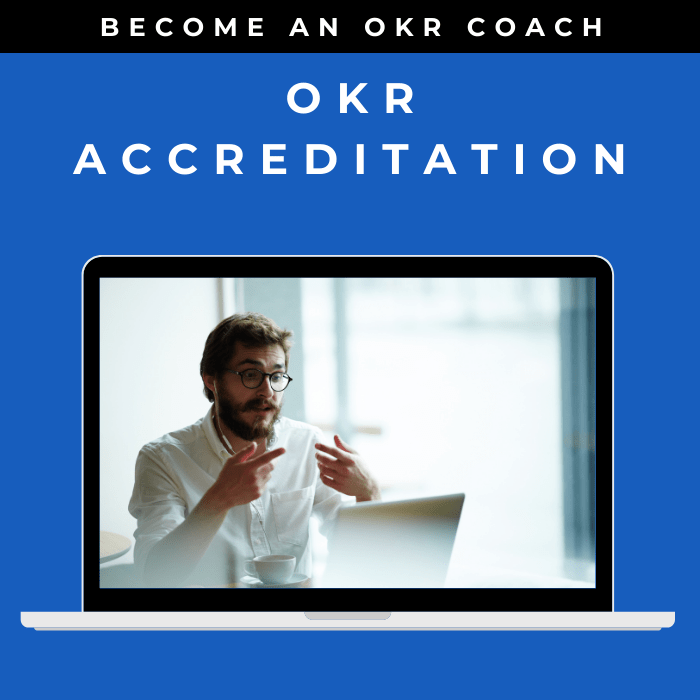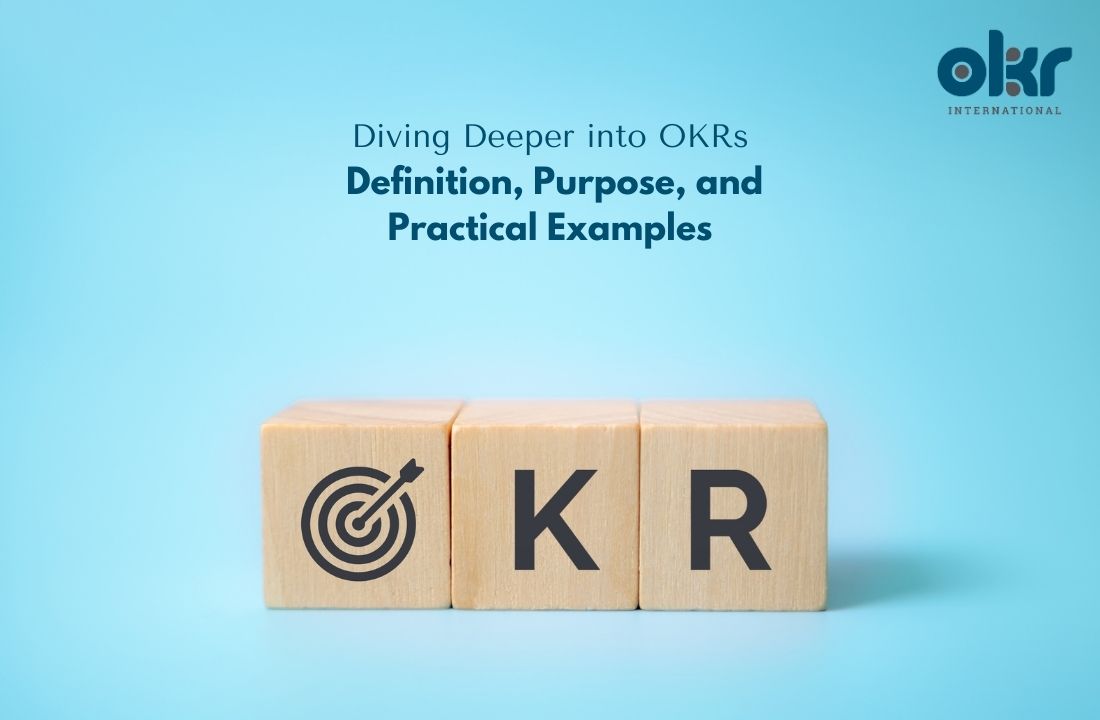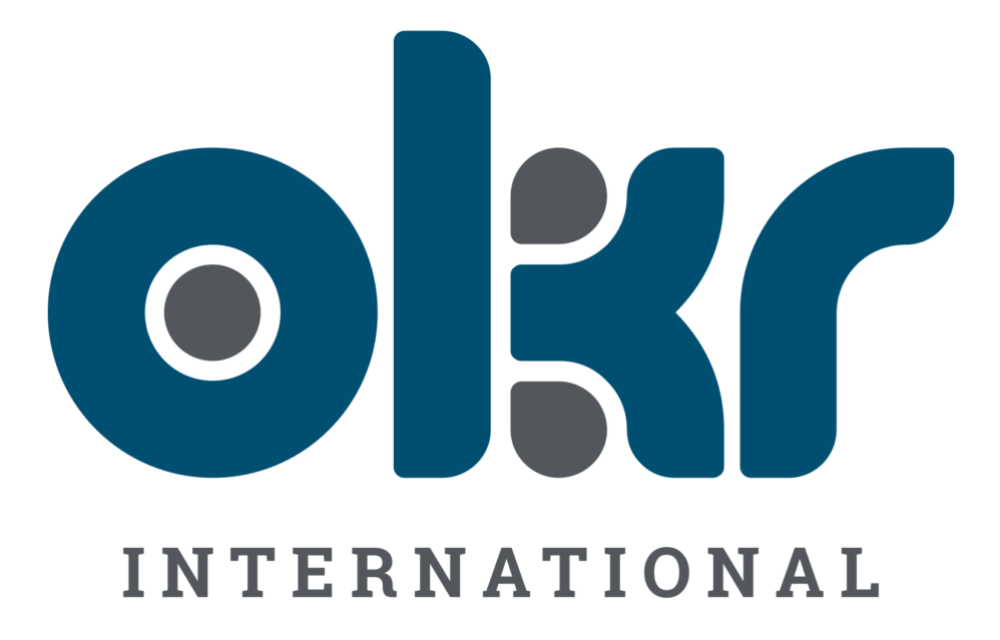OKRs – Definition and Examples
Introduction to Objectives and Key Results
Have you ever wondered how the world’s most successful companies, like Google and Intel, keep their teams focused and aligned? The secret often lies in a powerful goal-setting framework known as Objectives and Key Results (OKRs).
OKRs are a simple yet effective method for setting and tracking goals. The concept, which originated at Intel, was popularized by Google and has since been adopted by numerous companies worldwide. This article is an introduction to What are OKRs, its definition and examples.
The beauty of OKRs lies in their simplicity. They consist of an Objective, a clearly defined goal, and 2-5 Key Results, specific measures used to track the achievement of that goal.
For example, an objective could be “Increase customer satisfaction”, with key results being “Reduce customer complaints by 20%” and “Increase positive customer reviews by 30%”.
This method of performance measurement has proven its effectiveness in various industries, making it a popular choice for companies aiming for success. Check out this ultimate guide to OKRs, its definition and examples.
The Importance of Objectives and Key Results
In the world of business, setting goals is easy. Achieving them? That’s where the real challenge lies. This is where Objectives and Key Results (OKRs) come into play.
OKRs play a pivotal role in business strategy. They provide a clear direction for the company, aligning everyone’s efforts towards the company goals. This alignment is crucial in ensuring that every team and individual is working towards the same overarching objectives, driving unity and focus within the organization.
But OKRs are not just about goal setting, they’re about goal achievement. They drive company growth by focusing on the key activities that will have the biggest impact.
Consider a tech startup aiming to expand its user base. An objective could be “Expand user base in the Asian market”. Key results could be “Launch marketing campaign targeting Asian countries” and “Increase user sign-ups from Asia by 50%”.
By setting such OKRs, the startup aligns its team towards a common goal, and measures progress using quantifiable key results. This way, OKRs serve as a roadmap, guiding the company towards growth and success.
Components of Objectives and Key Results
Understanding the components of Objectives and Key Results (OKRs) is crucial to effectively using this powerful goal-setting framework. OKRs consist of two main components:
Objectives: These are clear, qualitative descriptions of what you want to achieve. They should be short, inspirational, and challenging but not impossible. Objectives set the direction and provide the vision for the team. For example, an objective could be “Become the leading provider of eco-friendly products in our region.”
Key Results: These are measurable, quantitative outcomes that track the achievement of the objective. They should be easy to grade with a number (usually from 0 to 1.0) and there should be 2-5 of them for each objective. Key Results are the milestones that guide the journey towards the objective. For instance, key results for the above objective could be “Increase sales of eco-friendly products by 30%” and “Reduce carbon footprint by 20%.”
The relationship between objectives and key results is what makes OKRs so effective. The objective is what you want to achieve, and the key results are how you’re going to get there. This relationship ensures that your goals (objectives) are tied to measurable outcomes (key results), making it easier to track progress and adjust your strategy as needed. This way, OKRs provide a clear and focused roadmap towards achieving your company’s goals.
How to Set Effective OKRs
Setting effective Objectives and Key Results (OKRs) is a strategic process that requires careful thought and planning. Here’s how you can do it:
- Setting Ambitious Objectives: The first step in setting OKRs is to define your objectives. These should be ambitious, yet achievable goals that inspire and challenge your team. Remember, objectives should be qualitative and act as a guiding beacon for your team. For instance, “Become the go-to online retailer in our region” is a strong, ambitious objective.
- Defining Measurable Key Results: Once you have your objectives, it’s time to define your key results. These are the measurable outcomes that will indicate you’ve achieved your objectives. They should be quantifiable and time-bound. For the above objective, a key result could be “Increase monthly online sales by 25%.”
- Aligning OKRs with Company Goals: This is a crucial step in the OKR process. Your OKRs should align with your overall company goals to ensure everyone is working towards the same vision. This alignment helps to create a unified direction for all teams and individuals within the company.
Remember, setting OKRs is not a one-time event, but a cycle that involves setting, tracking, and reviewing OKRs. Regular check-ins and updates are essential to ensure your OKRs remain relevant and continue to drive your team towards your company goals.
Read this post on How to write OKRs in 5 minutes
Check Out These Examples
To better understand the power and versatility of Objectives and Key Results (OKRs), let’s look at some examples across different industries and departments:
- Software Industry: A software development company might have an objective to “Improve software reliability”. The key results could be “Reduce software bugs by 30%” and “Increase uptime to 99.9%”. This aligns with the company’s overall goal of providing a reliable and efficient software solution to its customers.
- Marketing Department: In a marketing department, an objective could be “Increase brand awareness”. The key results might include “Increase website traffic by 40%” and “Boost social media engagement by 50%”. These key results provide measurable outcomes that contribute to the broader objective.
- Human Resources Department: An HR department might set an objective to “Improve employee satisfaction”. The key results could be “Reduce employee turnover by 20%” and “Increase positive employee survey responses by 30%”. These align with the department’s goal of creating a positive and satisfying work environment.
These examples illustrate how OKRs can be tailored to fit different contexts, providing a clear and focused roadmap for achieving specific goals.
For More Examples on OKRs: Check This Post
Read this post on 40 ready-to-use OKRs
Common Mistakes in Implementing OKRs and How to Avoid Them
- Implementing Objectives and Key Results (OKRs) can be a game-changer for your organization. However, there are common mistakes that can hinder their effectiveness. Here are some of these pitfalls and how to avoid them:
- Setting Too Many OKRs: While it’s important to have goals, setting too many OKRs can lead to a lack of focus and dilute efforts. It’s better to have a few well-defined OKRs that your team can focus on. Remember, quality over quantity.
- Not Aligning OKRs with Company Strategy: OKRs should not exist in a vacuum. They need to align with your overall company strategy. If they don’t, teams may end up working towards different directions. Ensure all OKRs align with the company’s vision and strategic goals.
- Not Reviewing OKRs Regularly: OKRs are not a set-and-forget tool. They need to be reviewed and updated regularly to reflect changes in the company’s strategy or market conditions. Regular check-ins and updates are crucial to keep your OKRs relevant and effective.
By avoiding these common mistakes, you can make the most of OKRs and drive your team towards achieving your company’s goals.
FAQs on OKRs
Understanding Objectives and Key Results (OKRs) can be a game-changer for your organization. When people come across OKRs, its definition and examples, there are some questions that come out quite naturally. Here are some frequently asked questions about OKRs:
- What is the difference between OKRs and KPIs?
OKRs and KPIs (Key Performance Indicators) are both tools for tracking performance. However, they serve different purposes. KPIs are metrics that track the performance of specific activities in the business. On the other hand, OKRs are strategic goal-setting tools that align the company towards achieving specific objectives.
- How often should OKRs be reviewed?
OKRs should be reviewed regularly to ensure they remain relevant and aligned with the company’s goals. Typically, OKRs are set and reviewed every quarter, but this can vary depending on the nature of your business and the specific objectives set.
- Can OKRs change during a quarter?
Yes, OKRs can be adjusted as necessary to reflect changes in the company’s strategy or market conditions. However, frequent changes can disrupt focus and alignment, so it’s best to keep changes to a minimum.
- How many OKRs should a company or team have?
There’s no set number, but a good rule of thumb is to have 2-5 OKRs per team per quarter. This keeps the focus sharp and prevents teams from being overwhelmed.
- What’s the best way to track OKRs?
Tracking OKRs can be done through various methods, from simple spreadsheets to specialized OKR software. The best method depends on the size and needs of your organization.
- Who should set OKRs, managers or employees?
Both! OKRs should be a collaborative process. Managers can set the overall objectives, but employees should be involved in setting the key results since they’ll be the ones working towards them.
- What should I do if we’re not making progress on our OKRs?
If you’re not making progress, it’s important to review and adjust your OKRs. This might involve changing the key results, providing more resources, or even revaluating whether the objective is still relevant.
- Can OKRs be used in any type of organization?
Yes, OKRs can be used in any type of organization, regardless of size or industry. They’re a flexible tool that can be adapted to fit different goals and contexts.
Check out our compendium of OKR FAQs
Remember, OKRs are a powerful tool when used correctly. Understanding how they work can help drive your team towards achieving your company’s goals. Hope this article on OKRs, its definition and examples was a useful introduction to the world of OKRs.
Explore Our Range of Services
Bring OKRs (Objectives and Key Results) to your organisation with our tried & tested OKR Framework.


OKR International’s highly acclaimed Certified OKR Practitioner Program is the first and only OKR accreditation endorsed by ICF & HRCI for continuing education units.
OKR International helps leaders create the alignment, engagement and result orientation needed for growth by offering OKR Advisory services.




